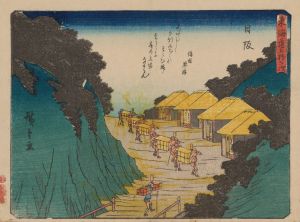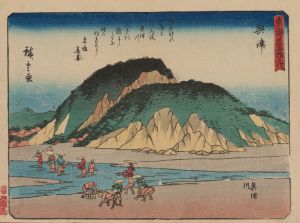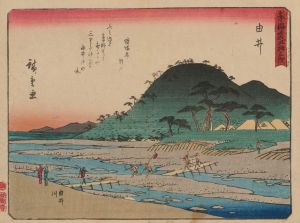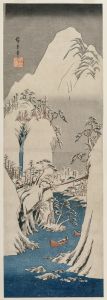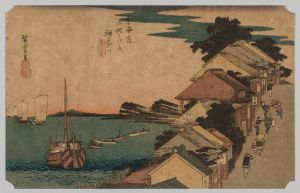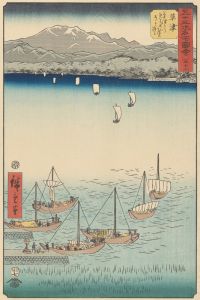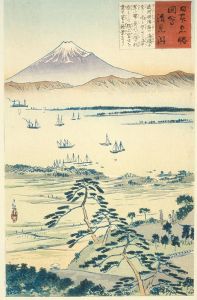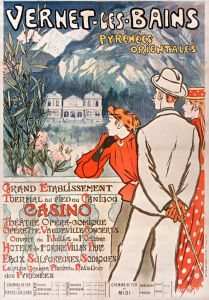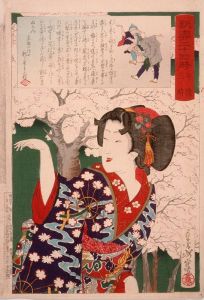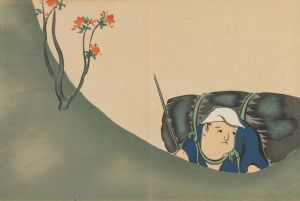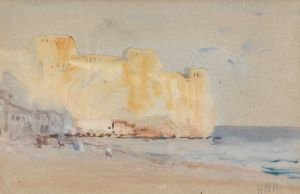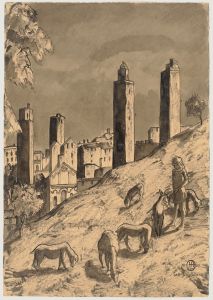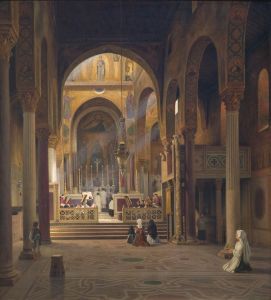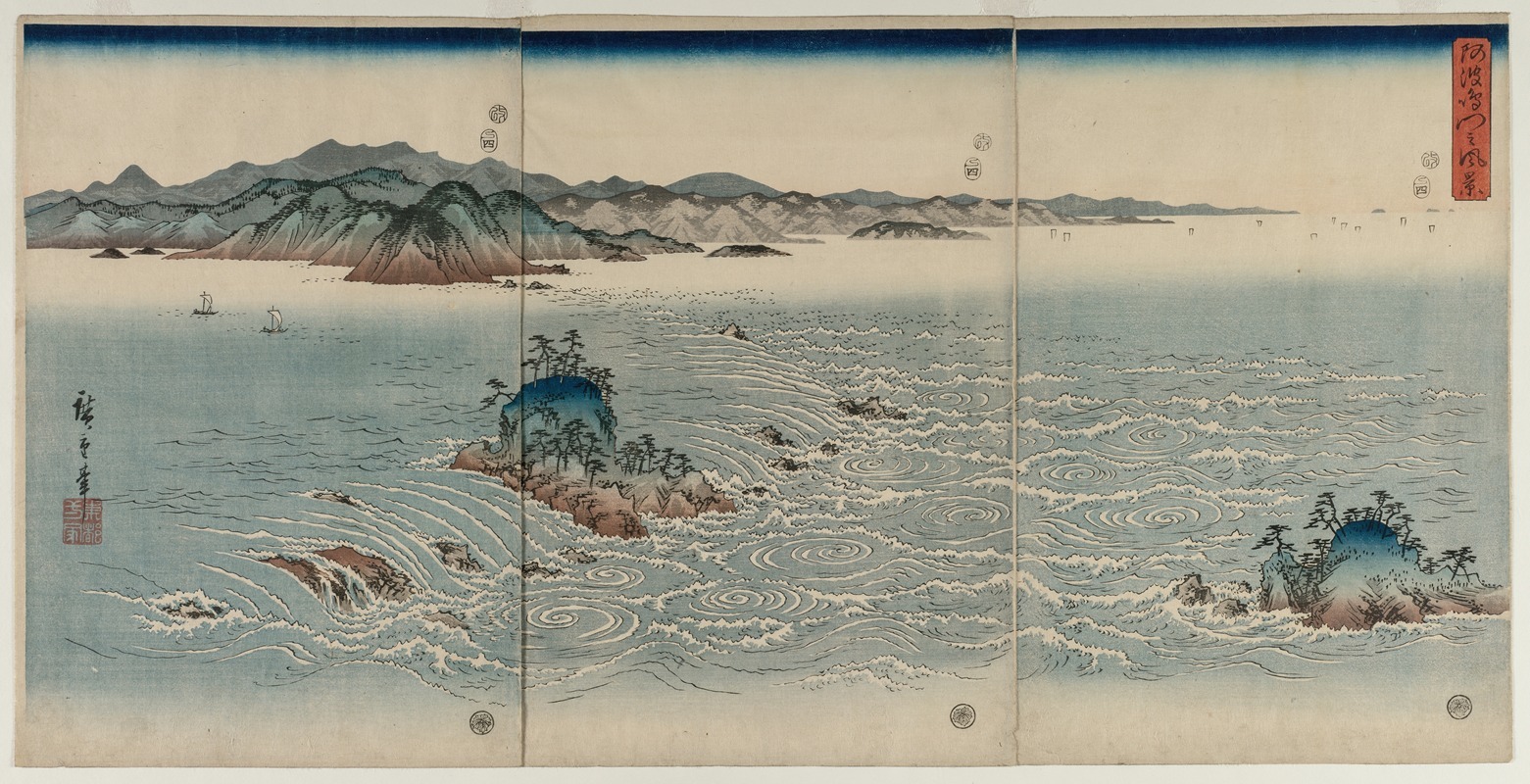
The Whirlpools of Awa
A hand-painted replica of Andō Hiroshige’s masterpiece The Whirlpools of Awa, meticulously crafted by professional artists to capture the true essence of the original. Each piece is created with museum-quality canvas and rare mineral pigments, carefully painted by experienced artists with delicate brushstrokes and rich, layered colors to perfectly recreate the texture of the original artwork. Unlike machine-printed reproductions, this hand-painted version brings the painting to life, infused with the artist’s emotions and skill in every stroke. Whether for personal collection or home decoration, it instantly elevates the artistic atmosphere of any space.
"The Whirlpools of Awa" is a renowned woodblock print by the celebrated Japanese ukiyo-e artist Andō Hiroshige. This artwork is part of Hiroshige's series "Famous Views of the Sixty-odd Provinces" (Rokujūyoshū Meisho Zue), which was published between 1853 and 1856. The series is known for its depiction of various scenic spots across Japan, capturing the natural beauty and cultural significance of these locations during the Edo period.
Hiroshige, born in 1797, was a prominent figure in the ukiyo-e genre, which flourished from the 17th to the 19th centuries. Ukiyo-e, meaning "pictures of the floating world," typically features landscapes, tales from history, the theater, and pleasure quarters. Hiroshige's work is particularly noted for its landscapes, which often convey a sense of tranquility and harmony with nature.
"The Whirlpools of Awa" specifically illustrates the Naruto whirlpools, located in the Naruto Strait between Awaji Island and Shikoku in Japan. These whirlpools are a natural phenomenon caused by the tidal currents that flow through the narrow strait, creating powerful and visually striking whirlpools. The Naruto whirlpools have been a subject of fascination and inspiration for artists and writers throughout Japanese history.
In this print, Hiroshige masterfully captures the dynamic movement of the water, using bold lines and a limited color palette to convey the swirling motion of the whirlpools. The composition is carefully balanced, with the whirlpools occupying the foreground and the distant landscape providing a serene backdrop. This juxtaposition highlights the contrast between the chaotic energy of the water and the calmness of the surrounding environment.
Hiroshige's use of perspective and his ability to depict natural phenomena with such vividness and accuracy were innovative for his time. His work often reflects a deep appreciation for the natural world, and "The Whirlpools of Awa" is no exception. The print not only serves as a visual record of a specific location but also invites viewers to contemplate the beauty and power of nature.
The "Famous Views of the Sixty-odd Provinces" series, including "The Whirlpools of Awa," played a significant role in popularizing landscape prints in Japan and abroad. Hiroshige's influence extended beyond Japan, impacting Western artists such as Vincent van Gogh and Claude Monet, who admired the composition and use of color in his work.
Today, Hiroshige's prints are celebrated for their artistic merit and historical significance. "The Whirlpools of Awa" remains a testament to Hiroshige's skill as an artist and his ability to capture the essence of Japan's natural landscapes. The print is held in high regard by collectors and art historians, and it continues to be exhibited in museums and galleries around the world, allowing audiences to appreciate the enduring legacy of Hiroshige's work.





